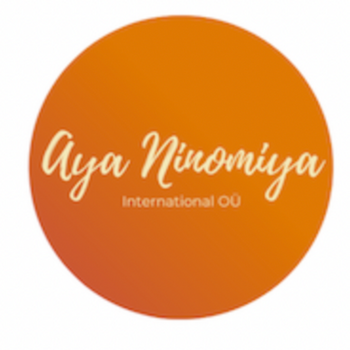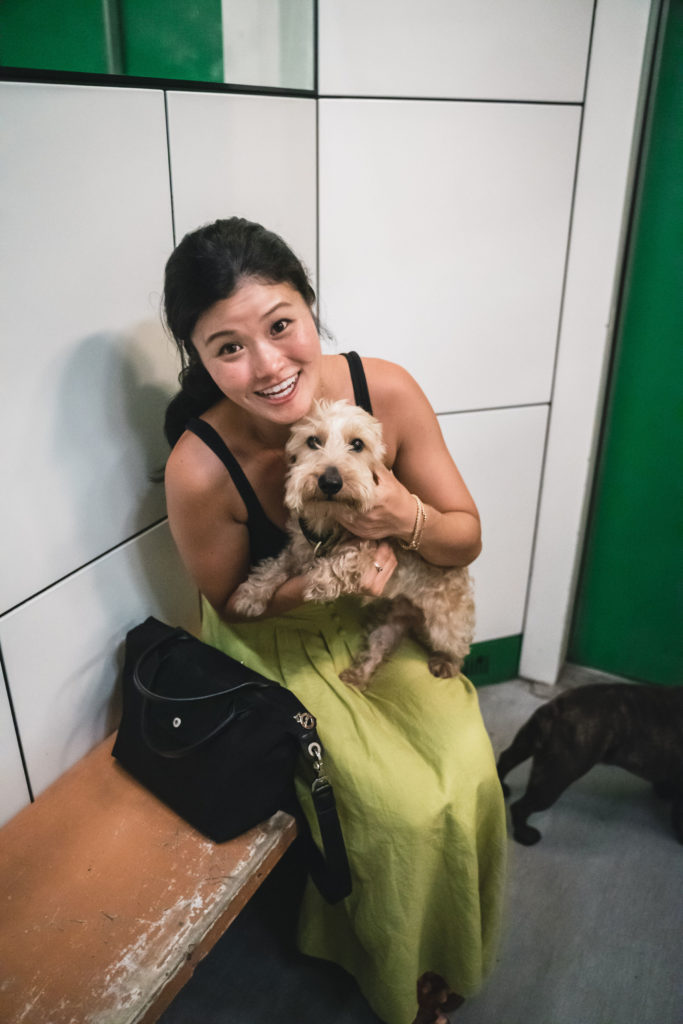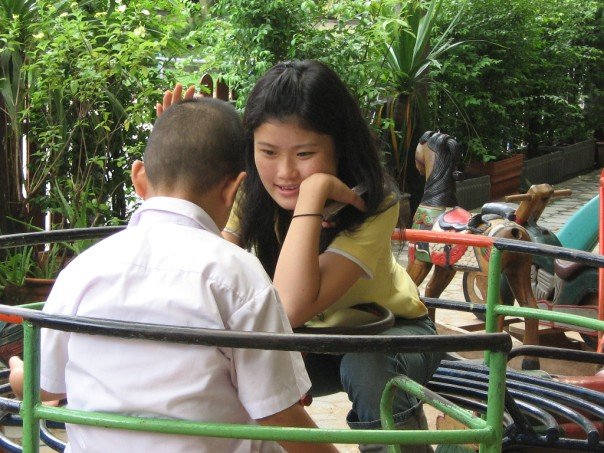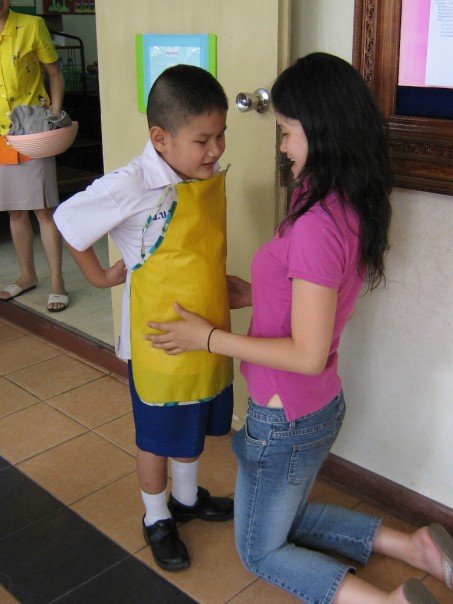Do you have katakori from being on the computer all day?
Does your katakori come from using that pillow that’s too high?
Does your katakori crack when you raise your shoulders up closer to your ears?
Or is your katakori too tight for you to even stretch out your neck?
Did I lose you yet?
Katakori is a condition that describes stiffness in the shoulders. It’s talked about nearly daily in a Japanese household but there’s no English equivalent…
Google translate: stiff shoulder
For many Japanese people, katakori brings up an image of a family member with their hand on the shoulder trying to loosen it up. This action is universally understood that they worked hard. And the culturally appropriate response to this person is to offer a well-deserved shoulder massage as a token of ‘thank you’ or a ‘well done’ for their hard work. (Do not try this at work.)
If someone is experiencing prolonged katakori, it might be an early sign to a lifestyle disease linked to stress and unhealthy habits. In a typical Japanese pharmacy, you’ll find a section on supplements and creams to ease katakori and chiropractors that specialize in relieving it.
It is THAT common.
Where am I going with this?
Giving something language makes it real for everyone.
So, katakori hasn’t made it into international diagnostic classifications like the DSM-IV or ICD-11. And I’m not sure if this Japanese health phenomenon ever will.
But does that mean the struggle isn’t real? — The 22% of Japanese men and 6% of Japanese women who complain of katakori would tell you otherwise.
Does this condition even exist for you… yet?
But language is political.
The words we use are powerful. They express how we see the world but the words we borrow from others shape how we view the world.
If I were to use the word ‘disability’ in place of ‘special needs,’ would it have triggered a negative emotion for you? Or maybe it’s the other way around in that you much prefer that I use the word disability. I’ve experienced both these situations — of which the latter shook my world a little after being trained in the Western system.
It takes another level of communication to speak clearly about kids’ special needs/disability/struggles/challenges. And a whole different dimension of awareness is required to have a conversation mixed with language and cultural differences.
The ICF can give us a neutral place to start.
And having gone into occupational therapy, it fits my worldview and practice.
After many offensive and ugly conversations, what’s helped me stay neutral in my communication was to borrow the language used in the International Classification of Functioning, Disability and Health (ICF). The ICF is the World Health Organization framework that gives a shared language for policy makers, health professionals, teachers, families and anyone who is involved in the lives of individuals and populations with special needs.
I don’t agree with all of its word use— it’s not perfect. But an initial interview with parents to discuss a child’s performance and their likes and dislikes gives us the steady, open and welcoming conversation instead of a triggering one.
The ICF helps us to move away from focusing on diagnoses and impairment.
Here are some common dead-end questions that I’ve edited to action-oriented questions:
“What’s considered appropriate for their actual age? Isthisnormal?”⇒ “Where are they along the developmental stage and what does the next step look like for them?”“How many therapy sessions per week do they need to catch up to grade level?”⇒ “What’s the next step and how can we delegate support for them to get there?”“What exactly are they behind in and how can we fix it?”⇒ “Where is the mismatch between what they’re doing and what’s expected of them? What are the steps to achieve this expected behavior?”
A therapeutic care plan that’s child-centered and holistic makes way for a forward-moving path for the child. One that doesn’t just have plans for the child to improve. It includes recommendations for the classroom or home, teachers, classmates, parents, siblings, and friends if and when it’s appropriate.
The idea that treatment produces functional results and that more therapy leads to better results are no longer in alignment with how a child-centered care plan is designed and discussed.
So instead, we can ask:
- What’s worked?
- What can we try next?
- And how do we know the plan was successful?
In getting to know your child and what’s best for them, we need to keep asking these questions. Every child is different and we can go further with them together.
There’s still a lot of learning support conversations that are getting lost in translation at international schools.
Being able to “distinguish between developmental changes that are within the normal range and changes that are atypical” is the most important responsibility that I hold myself and other learning support professionals accountable for. (Shout outs to teachers, too!)
Being able to explain this to parents is the most valuable first step in a conversation. If you haven’t had this conversation yet with your child’s learning support team or therapists, please, go get clear on this now.
I’ve come across too many teachers that feel awkward dancing around the terminology around special needs that they themselves grew up with. They’re aware that certain words are no longer appropriate or preferred but teachers often haven’t updated their language (yet).
I can show them how so that the conversations about their students (aka your children) do not have to be awkward or intimidating. These conversations can be welcoming, unifying and empowering with use of neutral language and framework.
And of course, with international school communities come a world of cultures, literally.
Even neutral words are too real and raw when English is your second language.
The most important language is the one that shows care and curiosity.
The way people come to understand differences varies depending on the cultural and historical context of where they’re coming from. Being sensitive to this is important but it doesn’t have to feel like we are stepping on broken glass.
If we give each other an entry point into an open conversation to figure things out together, we can make it far. A welcoming and supportive ally or a team of allies can make a world of a difference for a child experiencing a mismatch with their school life— the learning, friend making, friend keeping, playing, etc.
And it is so important to have this relationship built on care and curiosity as a globally mobile family. Because sometimes it means you are reaching out to an ally from years past to get some advice in the child’s new school.
At the end of the day, this is your child that we’re talking about. And all the effort put into their learning and growth will be worth it with every step of the way.
We’re all coming in from varying contexts. And it’s a little like coordinating our individual rhythm and beat so that our little ones can dance to the shared music.
So, I invite you to think about 2 things —
- How could you invite your child’s teacher or support person into a more neutral and growing conversation about your child?
- What language could you adapt to better advocate for your child with special needs?
Please let me know your answer in the comment section below.





